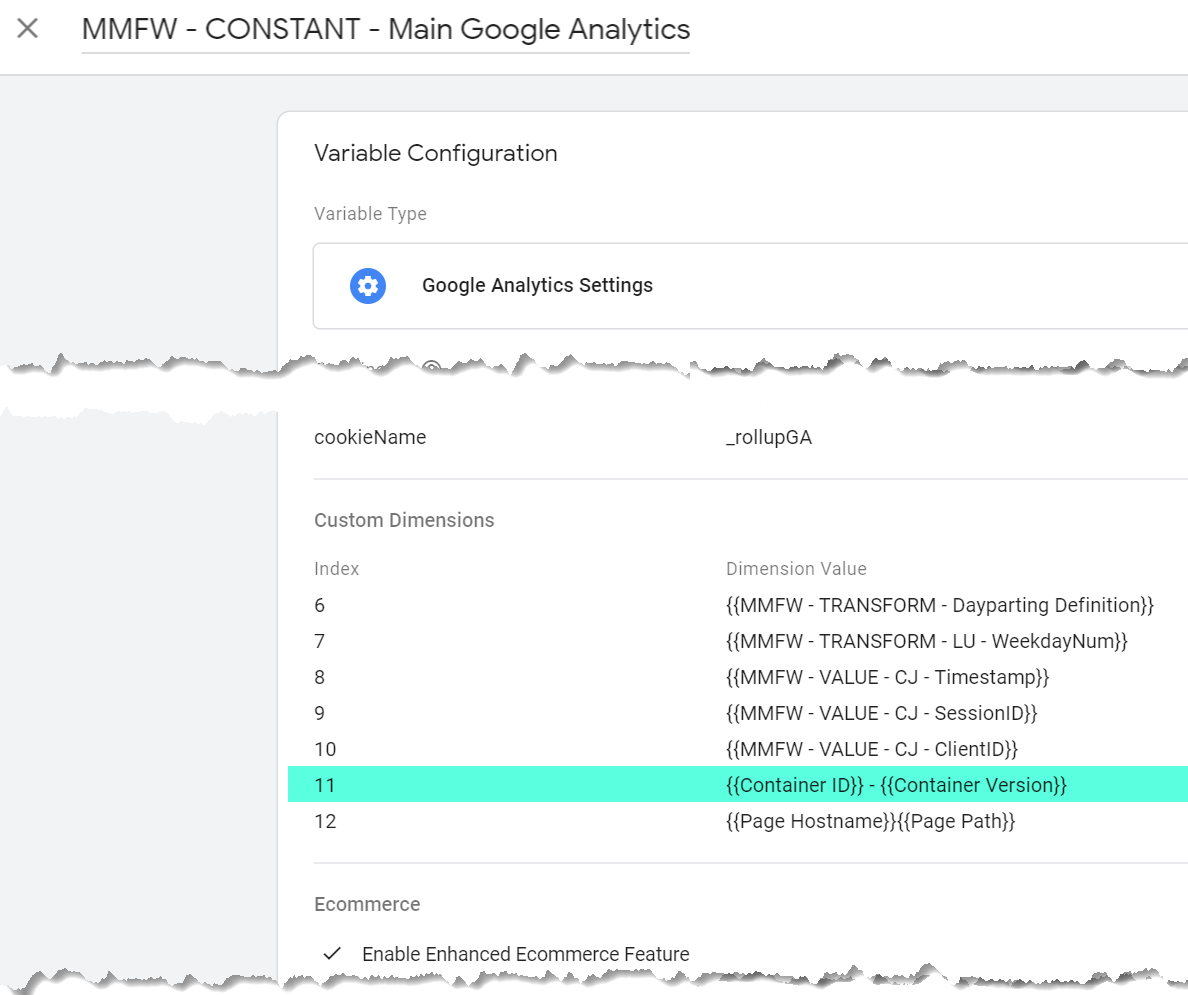Step-by-Step Guide: Leveraging Secondary Dimension in Google Analytics
Wiki Article
Make The Most Of Coverage Accuracy With Secondary Dimension in Google Analytics
Understanding exactly how to maximize reporting precision with secondary measurements in Google Analytics can dramatically improve the deepness of insights originated from information evaluation. By incorporating second measurements tactically, marketing professionals can uncover covert patterns and relationships that may not be right away apparent when analyzing primary metrics alone. This nuanced technique makes it possible for a more detailed understanding of individual actions and project efficiency, leading the way for more targeted and efficient decision-making. The use of second measurements holds the key to opening a wide range of important info that can change the performance of electronic advertising and marketing techniques.Understanding Additional Dimensions in Google Analytics
To improve information evaluation and gain much deeper insights into customer actions, recognizing second measurements in Google Analytics is important. Additional dimensions allow users to segment and further dissect data beyond the key measurement selected. By including additional dimensions, experts can refine their reports to disclose even more in-depth info regarding user communications on an internet site. While the main dimension might display the complete number of page views, including an additional dimension such as 'source/medium' can supply insights right into where the traffic stemmed from. This additional layer of details makes it possible for marketers to examine the effectiveness of different marketing projects or channels in driving web traffic to the website.In addition, understanding additional measurements is critical for producing much more tailored reports customized to specific service objectives. By picking the best combination of secondary and main dimensions, experts can discover patterns, fads, and connections that may otherwise remain concealed. This nuanced strategy to data analysis encourages businesses to make informed decisions based upon a thorough understanding of customer actions throughout different dimensions.

Just How to Apply Secondary Dimensions
When leveraging additional measurements in Google Analytics, the sensible application involves selecting details data criteria to additional improve insights beyond the primary measurement's scope. To use second dimensions properly, start by accessing the record or dataset where you desire to delve deeper into the information. Bear in mind that additional dimensions aid supply context and granularity to your key measurement information, allowing you to extract more significant and workable understandings from your Google Analytics reports.Leveraging Additional Measurements for Insights
Utilizing second dimensions in Google Analytics enables a more extensive analysis of data, supplying important understandings beyond the key measurement's extent. By leveraging secondary measurements, customers can dive much deeper into the performance metrics of their web site or application, uncovering covert patterns and trends that may not be promptly apparent when just looking at main dimensions.One trick benefit of making use of additional measurements is the capability to section and filter information a lot more precisely. This can help experts and online marketers much better understand the behavior of certain individual sectors, such as new site visitors versus returning visitors, or traffic originating from different geographical areas.
Furthermore, second measurements allow individuals to contrast and comparison various data factors within the very same record, providing a much more alternative view of performance (Secondary Dimension in Google Analytics). Extra resources As an example, matching the main measurement of touchdown web pages with additional measurements like demographics or gadgets can disclose which web pages are most reliable in engaging users on different gadgets or from various group groups.
Fundamentally, leveraging second measurements in Google Analytics encourages users to draw out richer understandings from their information, causing more educated decision-making and click this link inevitably, enhanced efficiency.
Ideal Practices for Additional Measurements
When assessing data in Google Analytics, including second measurements successfully boosts the depth of understandings originated from the main metrics. To make the most out of additional dimensions, it is important to abide by best techniques that guarantee significant and exact coverage. It is essential to choose second measurements that straighten with the key metric you are assessing. Selecting relevant secondary measurements helps in offering context and a clearer understanding of the information being analyzed.Furthermore, it is advised to limit the number of second dimensions utilized in a solitary record to prevent overwhelming the evaluation with way too much info. Concentrating on a couple of key second measurements at a time can bring about even more workable and focused understandings. Furthermore, consider try out different combinations of primary and second measurements to uncover distinct patterns and patterns that might not be evident when taking a look at the data alone.
Advanced Evaluation Strategies With Second Measurements
Checking out complex information partnerships via the strategic application of additional measurements can reveal nuanced understandings that elevate the depth of evaluation in Google Analytics. By incorporating second measurements with main data sets, advanced evaluation methods can be utilized to extract important info.Additionally, second measurements can enhance the analysis of conversion paths by offering additional context. Comprehending the various touchpoints a customer interacts with before transforming can be crucial in optimizing the client journey - Secondary Dimension in Google Analytics. By making use of additional dimensions to dive into specifics such as website traffic sources or devices utilized, marketing professionals can customize techniques to target high-converting channels efficiently
Final Thought
To enhance data analysis and gain deeper understandings right into individual actions, recognizing secondary measurements in Google Analytics is vital - Secondary Dimension in Google Analytics. Second measurements allow individuals to segment and additionally study information past the primary dimension chosen. While the key measurement might present the total number of page views, adding an additional measurement such as 'source/medium' can supply understandings right into where the website traffic stemmed from.When leveraging secondary measurements in Google Analytics, the sensible application entails selecting specific data criteria to additional improve understandings past the key measurement's extent. Bear in mind that second measurements aid offer context and granularity to your main dimension data, enabling you to remove even more actionable and meaningful insights from your Google Analytics reports
Report this wiki page